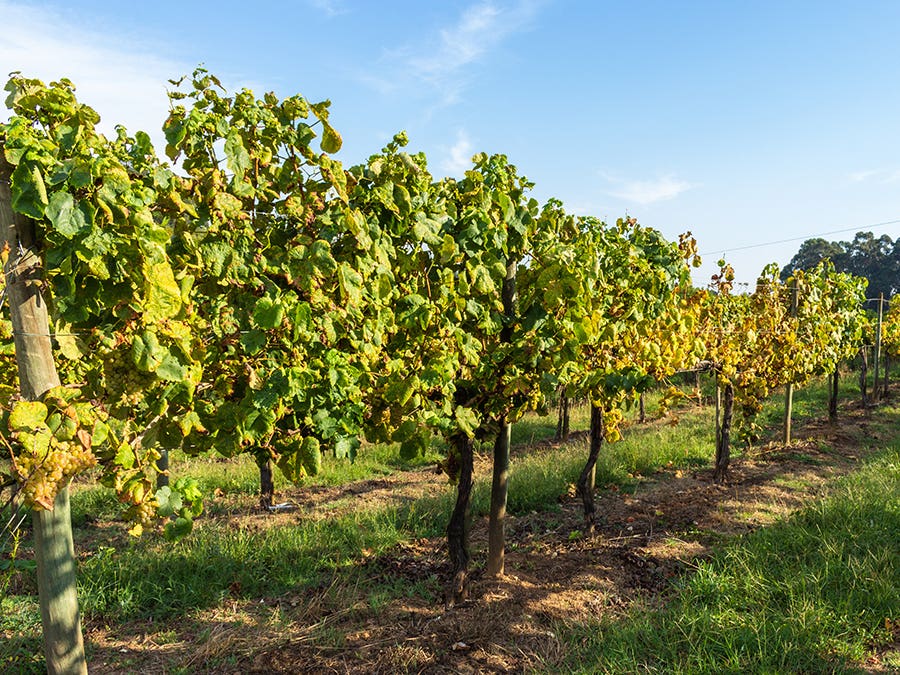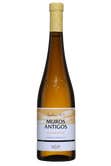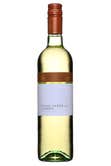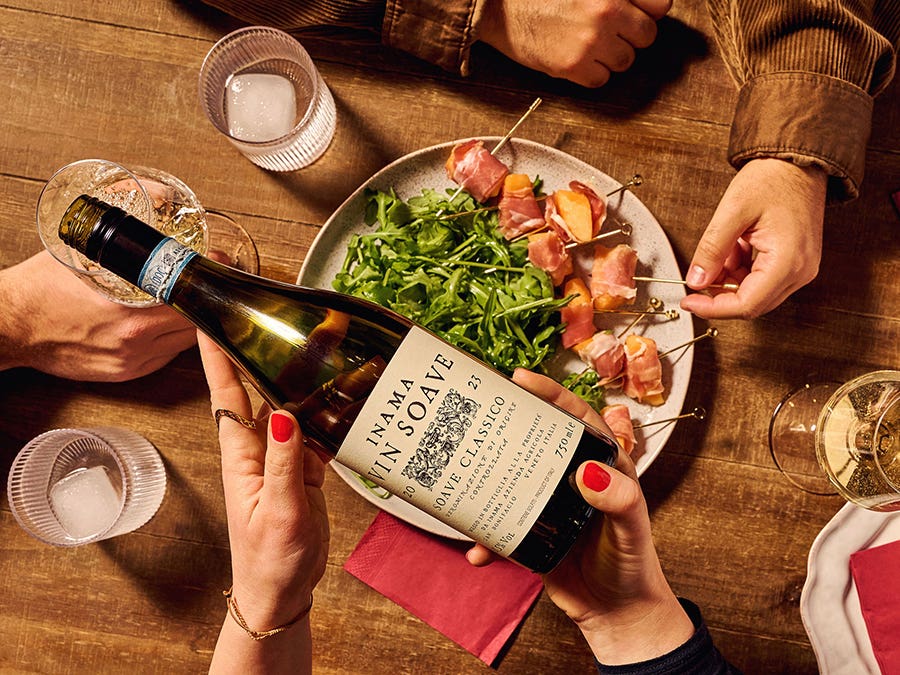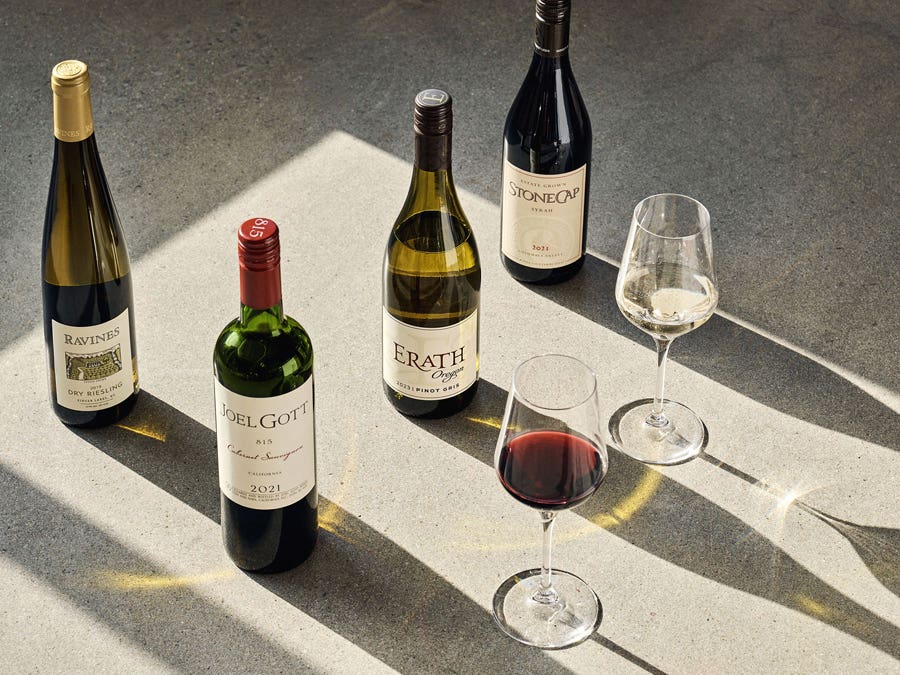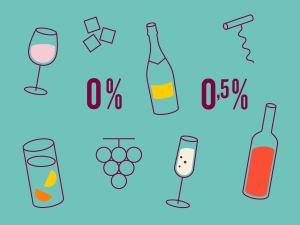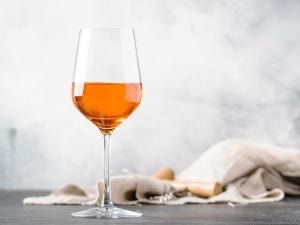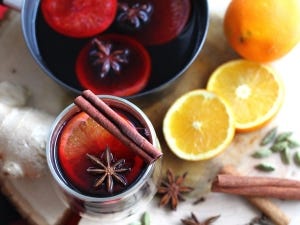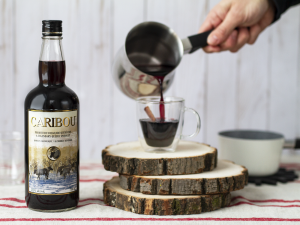

When the heat is on, what a relief it is to savour wines that refresh the palate and make the heat worthwhile! Portuguese Vinho Verde’s fresh acidity and lightness make it a go-to for summer nights and days, on the beach or on the patio. Even though the appellation also produces reds and rosés, white wines dominate the vines—and are a sure bet for a lively and pleasant wine.
Located in the extreme north-west of Portugal, the Vinho Verde appellation produces wines that are lively (sometimes even slightly effervescent), and that frequently contain the odd few grams or so of residual sugar. Many of the appellation’s winemakers work hard to highlight the characteristics of these regional grape varieties by using straightforward winemaking practices that retain the grapes’ unique character.
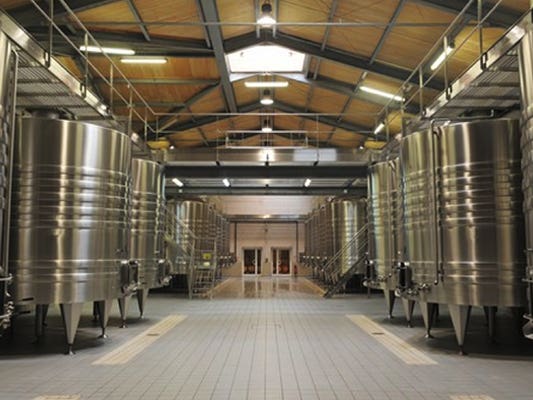

The vast majority of winemakers use cold fermentation in stainless steel vats in order to avoid malolactic fermentation, a process which also enables them to retain the wines’ primary aromas and seductive acidity.
The Vinhos Verdes appellation was established in 1908, and is spread out over 35,000 hectares—15% of Portugal’s total surface area. All of the appellation’s nine sub-regions—Monção being the most well-known—are governed by rigorous rules that at first, may appear confusing. Without going into details, these rules are best summed up by stating that Vinhos Verdes that don’t specify grape variety or sub-region cannot have more than 11.5° alcohol, and that minimum acidity levels prescribed by law should be from 4.5 to 5.4 g/L.
Vinhos Verdes and its bracing acidity go hand in hand!
All this talk of acidity might make you take pause, however it shouldn’t.
These wines have an acidity that can sometimes be surprising, but is always the bearer of a welcome liveliness and freshness.
Some winemakers that advocate traditional techniques still practice pergola grape-growing, and produce table wines. This method involves vines growing anywhere they please, from fences to interlaced with trees; anywhere that can hold them is a potential host. Even though this practice makes for appealing pictures, it can be somewhat perilous in terms of grape harvesting—those picking can find themselves balancing on a ladder three feet off the ground, or with their feet on terra firma!
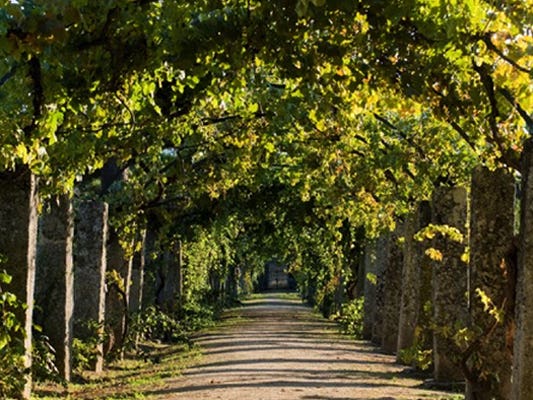

The Vinho Verde white wine appellation includes seven recommended grape varietals and 18 authorized grape varietals. Recommended grape varietals are: Alvarinho, Arinto, Avesso, Azal, Batoca, Loureiro and Trajadura.
Alvarinho is also known as Albariño in Galicia, a region which often makes some of Portugal’s finest wines, with more moderate acidity and which have a distinctive structure. These wines are an excellent option, some of which are ambitious and have cellaring potential, versus being simple thirst-quenching bottles.
Another grape varietal that is increasingly popular is the Loureiro, which is uniquely aromatic and round; such as the one highlighted beside, from an original and dynamic producer.
Saúde!
Related posts
-
Read more
Soave is an Italian word that means “suave” or “pleasant,” which perfectly describes the wines that bear the same name. Here’s an overview.
-
Read more
From the magnificent Mt. Etna to tastings in spectacular sunny settings, Sicily is a feast for the senses. Come along on a voyage of discovery.
-
Read more
The United States is the world’s fourth largest wine producer, with high-quality options at every price point. Discover its four main wine regions and six wines you won’t want to miss.
 Access to SAQ Inspire personalized services and store inventories are unavailable at the moment.
Access to SAQ Inspire personalized services and store inventories are unavailable at the moment. Free in-store delivery with purchases of $75+ in an estimated 3 to 5 business days.
Free in-store delivery with purchases of $75+ in an estimated 3 to 5 business days. 
